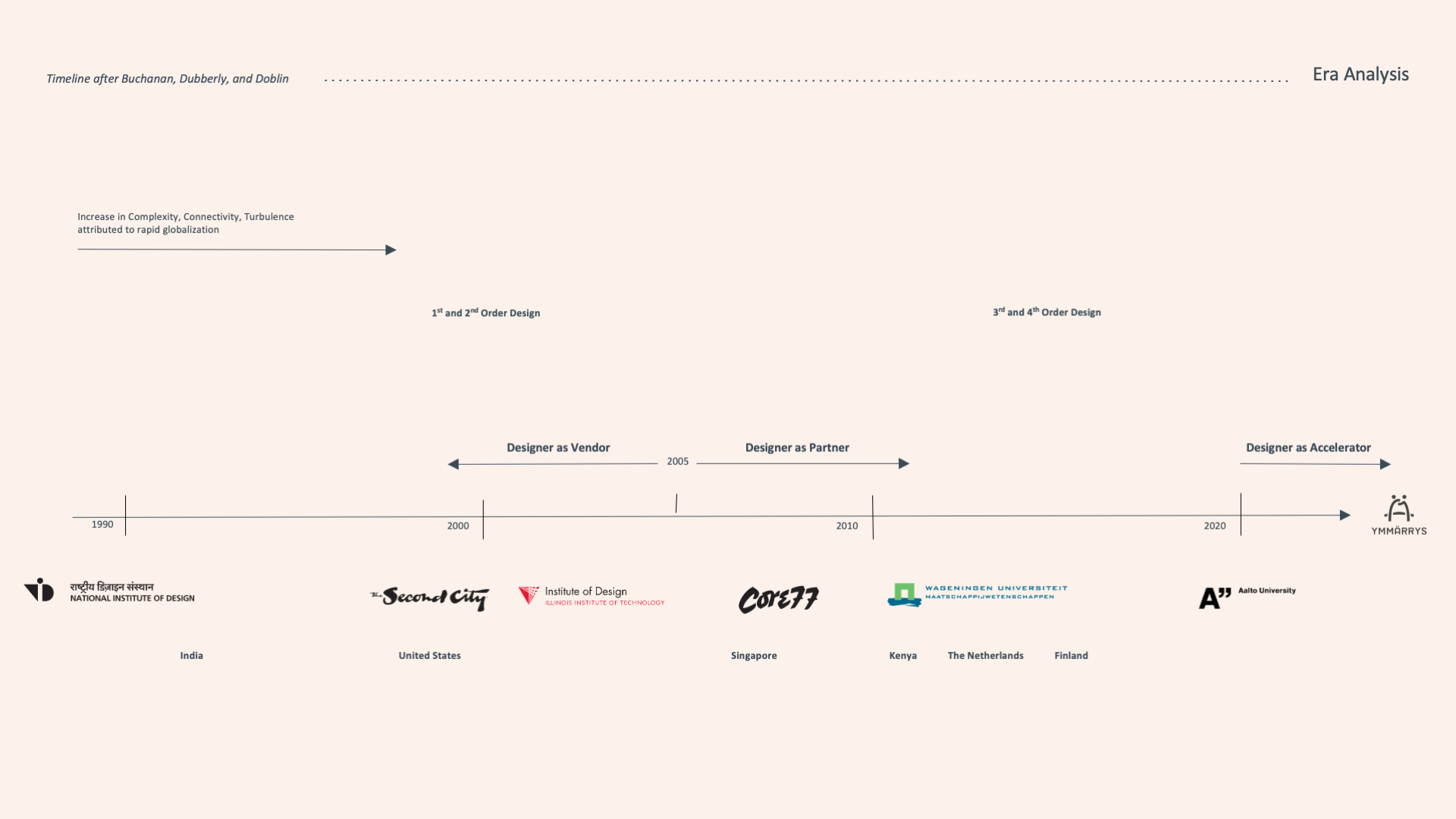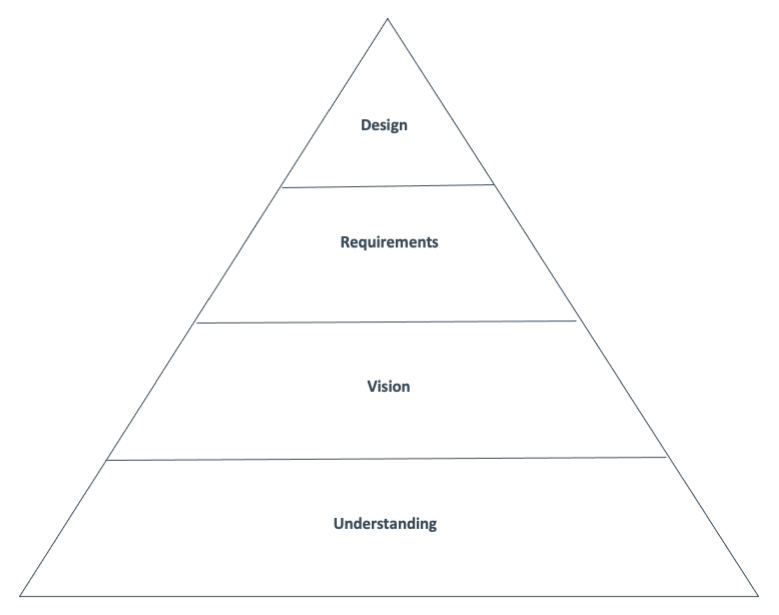
Niti Bhan
In 1991, I began work in an industrial design studio in New Delhi, educating potential clients about the value of investing in design services instead of purchasing blueprints from abroad, as was customary. I established a program of professional marketing for industrial design services – product design, graphic design, exhibits, retail, and packaging. I was responsible for the interface between client needs and the design studio’s deliverable – from first contact through to following up on payments after the work was completed.
Justifying design’s value and contribution to industry, economy, and society has been influential in shaping my practice since then.

The timeline above is a snapshot of my career – major influences in industrial design such as graduate design programs, each distinct in its philosophy and values; influential work teams such as Core77, The Second City, and Wageningen UR; the increasing complexity of the ‘object’ of design, and the evolution of a philosophy to guide application of creative skills and practices.
This timeline also provides an insight into the underlying transformation of my understanding of the role of designer – initially beginning as vendors who fulfill client needs, and then progressing to the designer as partner during an intensive 2 years of high level strategic practice in San Francisco where I worked closely with the founders of award winning design studios such as Metadesign, Method, NewDealDesign, and with Core77, of course.
At the same time, one can also see the evolution of design projects through the lens of Buchanan’s four orders of design – increasing in complexity from first and second order objects of design (products and graphics) to third and fourth order (interactions, systems, environments).
I bring my timeline to a close in our contemporary era characterized by global turbulence and upheaval, where radical creativity has been recognized by Aalto University as contributing to our capacities and skills to make a sustainable future for our world, one that is resilient and inclusive, as it ponders what does wellbeing mean, in economic terms, in today’s society.
My own response for emergent futures has been to move forward – ‘design beyond design’ – by going back to the roots of the arts, both fine arts and applied ones, which is our creative spark, one that bonds us as humans regardless of where we come from or who we are. Creativity, imagination, vision, and inspiration will foster our agency and capacity for our whole of society transformation. The designer can now be an accelerator. This concept is visualized at https://ymmarrys.org – a newly established creative practice supported by the Arts Promotion Centre of Finland.

In 2005, I adopted this conceptual framework for human-centered design practice to explain the structure and process of design projects to clients. Since then, my creative practice can be said to have evolved in reverse, where the output was increasing clients’ understandingof their problem spaces rather than delivering solutions in the form of a design artefact. This facilitates their capacity to craft their own vision for innovation, and contributes to clarity for scoping their requirements for achieving their own design goals. This was the first shift in the role of designer – from vendor to partner. (see Shopping for Innovation, Portugal & Bhan, Core77, November 2005).
The second shift took place in the pandemic years. It was clear that Emerging Futures Lab could not continue without an overhaul of its operating model and its guiding vision and strategy. I returned to University for my doctorate, focusing on sustainable innovation practices in challenging operating environments. I reinvented my creative practice to reflect the changes in my own understanding of the role of the designer. Creativity is recognized as an accelerant for societal transformation and social change when harnessed for collaboration and cooperation from the perspective of understanding. Today, this is achieved through the recognition of a plurality of knowledge systems and ways of knowing, being, and doing. Indigenous local and traditional knowledges blend and weave together with western modern science at the interface where the twain meet. It is at this point of understanding where I now situate my work.